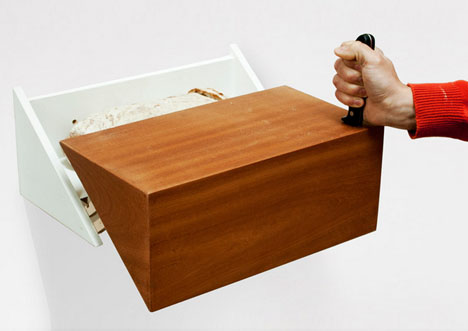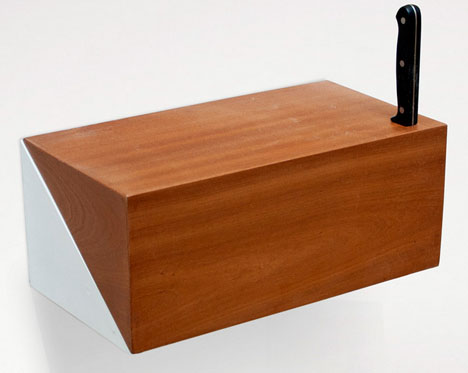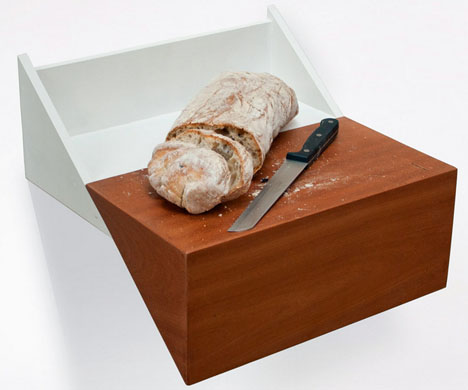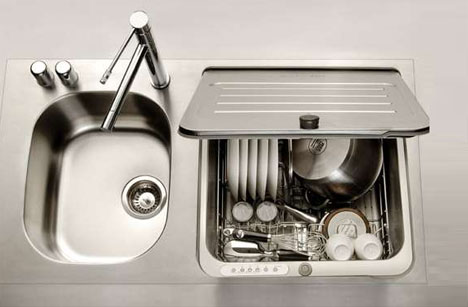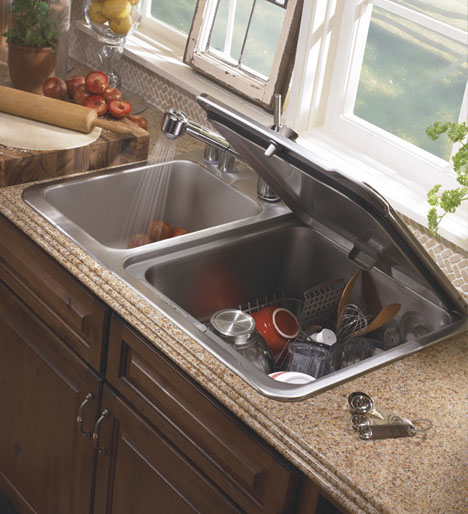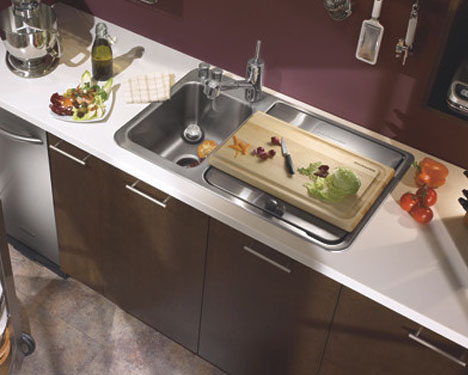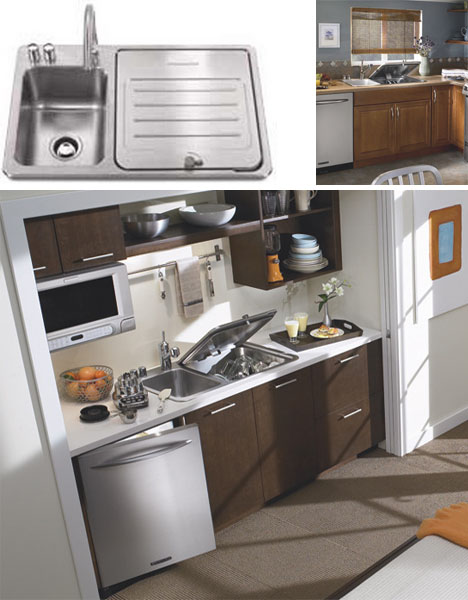The thrill of starting college and moving out of one parents’ home can be swiftly undermined by the sight of your new dorm room. Concrete walls, dingy floor and lousy lighting – this is hardly an ivory tower! Don’t despair. With a little creativity and very little cash, you can transform your space from an institutional cell into a cozy campus retreat. Click on the preview above to expand the graphic and see some tips from Dawn Falcone, interior designer and professional organizer.
click image for larger view


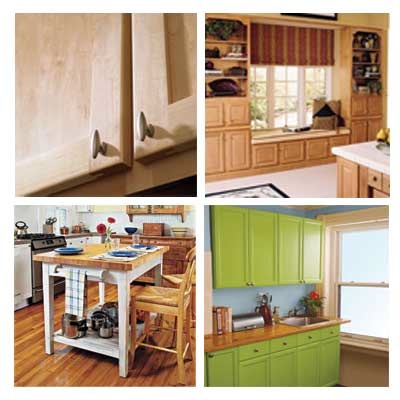
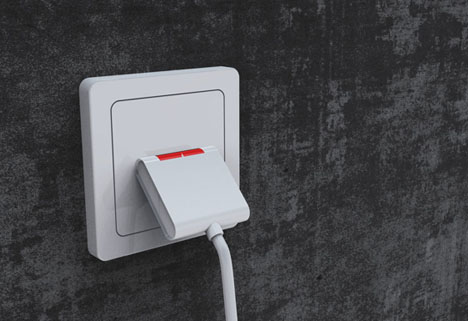
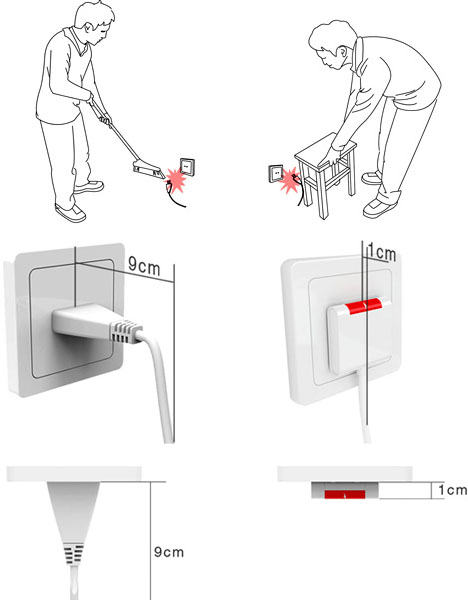
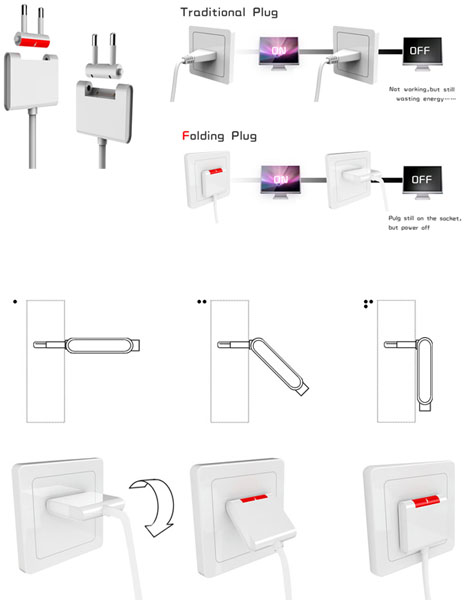
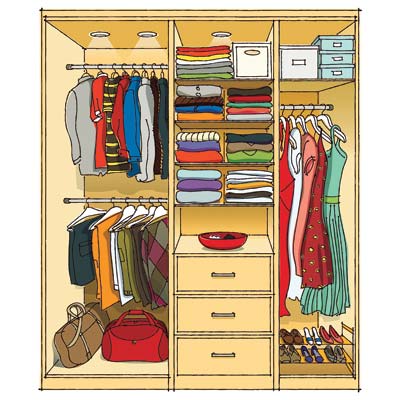
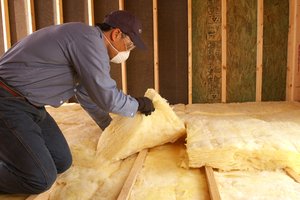 Insulating your home, including the attic, can shave up to 10% off your energy bills. Image: CertainTeed
Insulating your home, including the attic, can shave up to 10% off your energy bills. Image: CertainTeed

 Use the right tools. Picture hanging kits, easily available at most hardware and department stores, often have all the materials you need to hang most common frames on your walls. Light pieces like photos, movie posters, and other art will likely require just a nail, or a nail and a bracket or picture hanger (most light frames have a bracket on the back already.) Photo by
Use the right tools. Picture hanging kits, easily available at most hardware and department stores, often have all the materials you need to hang most common frames on your walls. Light pieces like photos, movie posters, and other art will likely require just a nail, or a nail and a bracket or picture hanger (most light frames have a bracket on the back already.) Photo by 
